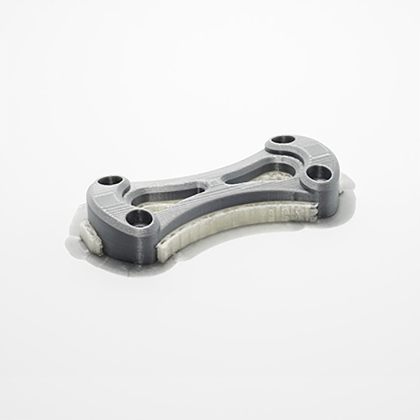Unlocking the Future: Discover the Game-Changing Power of FDM Rapid Prototyping!
In an era where innovation drives success, FDM (Fused Deposition Modeling) rapid prototyping has emerged as a critical tool for manufacturers and designers alike. This cutting-edge technology allows for the creation of precise prototypes quickly and efficiently, making it a game-changer in the world of product development. With the growing interest in FDM rapid prototyping services, professionals across various industries are eager to understand how this technology can streamline their processes and enhance their productivity. In this article, we will explore the fundamentals of FDM rapid prototyping, its diverse applications, and the advantages it brings to the table. Whether you are a seasoned engineer or just starting in the field, you will gain valuable insights into the transformative power of this remarkable technology.

Understanding FDM Rapid Prototyping
FDM, or Fused Deposition Modeling, is a popular 3D printing technology that builds objects layer by layer by melting and extruding thermoplastic filament. The process begins with a digital 3D model, which is sliced into thin horizontal layers. The FDM printer then heats the filament to its melting point, depositing it precisely according to the design. Once a layer is laid down, the printer moves to the next layer, repeating the process until the object is complete. This method allows for the use of various thermoplastics, such as ABS and PLA, each with unique properties suited for different applications. One of the key differences between FDM and other prototyping methods, like SLS (Selective Laser Sintering) or SLA (Stereolithography), is its accessibility and cost-effectiveness, making it an attractive option for small businesses and hobbyists alike. From my own experience and conversations with friends in the engineering field, the simplicity and efficiency of FDM have made it a preferred choice for rapid prototyping.
Applications of FDM Rapid Prototyping
The applications of FDM rapid prototyping are vast and varied, spanning multiple industries. In the automotive sector, engineers use FDM to create functional prototypes of parts for testing and validation, significantly reducing the time needed for design iterations. Similarly, in aerospace, FDM enables the production of lightweight components that can be tested under real-world conditions, enhancing safety and performance. The healthcare industry benefits from FDM through the creation of custom medical devices, surgical guides, and even anatomical models that assist in pre-surgical planning. Consumer products, such as household items and electronics, also leverage FDM for rapid design and testing, allowing companies to bring their innovations to market faster. A friend of mine who works in product design often shares how FDM has enabled her team to quickly iterate on designs, leading to more innovative solutions and better products.
Advantages of FDM Rapid Prototyping
The advantages of utilizing FDM rapid prototyping services are numerous. First and foremost, cost-efficiency is a significant benefit; the materials used are often more affordable than those required for other methods, allowing for greater experimentation without a hefty price tag. Additionally, the speed of production is a game-changer; prototypes can be created in a matter of hours rather than days or weeks, drastically reducing the time to market. Design flexibility is another key advantage, as FDM allows for the production of complex geometries that may be challenging or impossible with traditional manufacturing methods. This capability enables designers to push the boundaries of innovation. In conversations I've had with colleagues, they emphasize how these advantages have led to improved collaboration and creativity within their teams, ultimately resulting in higher-quality products.
Future Trends in FDM Rapid Prototyping
As technology continues to advance, the future of FDM rapid prototyping looks promising. Emerging trends include the development of new materials, such as composite filaments that combine the strength of plastics with the durability of metals or ceramics. Automation is also becoming increasingly prevalent, with the integration of AI and machine learning to optimize printing processes and reduce human error. Furthermore, the fusion of FDM with other manufacturing processes, such as injection molding, is being explored to create hybrid solutions that enhance production capabilities. These trends are expected to have a profound impact on industries, allowing for even faster prototyping and production cycles. A friend recently mentioned how their company is investing in these technologies, highlighting a shift towards more integrated manufacturing processes that embrace the capabilities of FDM.
Harnessing the Power of FDM for Future Innovations
In summary, FDM rapid prototyping is revolutionizing the way industries approach product development. By understanding the core principles of FDM, exploring its diverse applications, and recognizing its numerous advantages, manufacturers and designers can harness its power to innovate and thrive in a competitive market. As we look to the future, the trends emerging in FDM technology promise to further enhance its role in manufacturing. Embracing FDM rapid prototyping services can lead to more efficient processes, reduced costs, and ultimately, transformative outcomes in various projects. For those considering adopting this technology, the time has never been better to explore its potential and unlock new opportunities for success.



